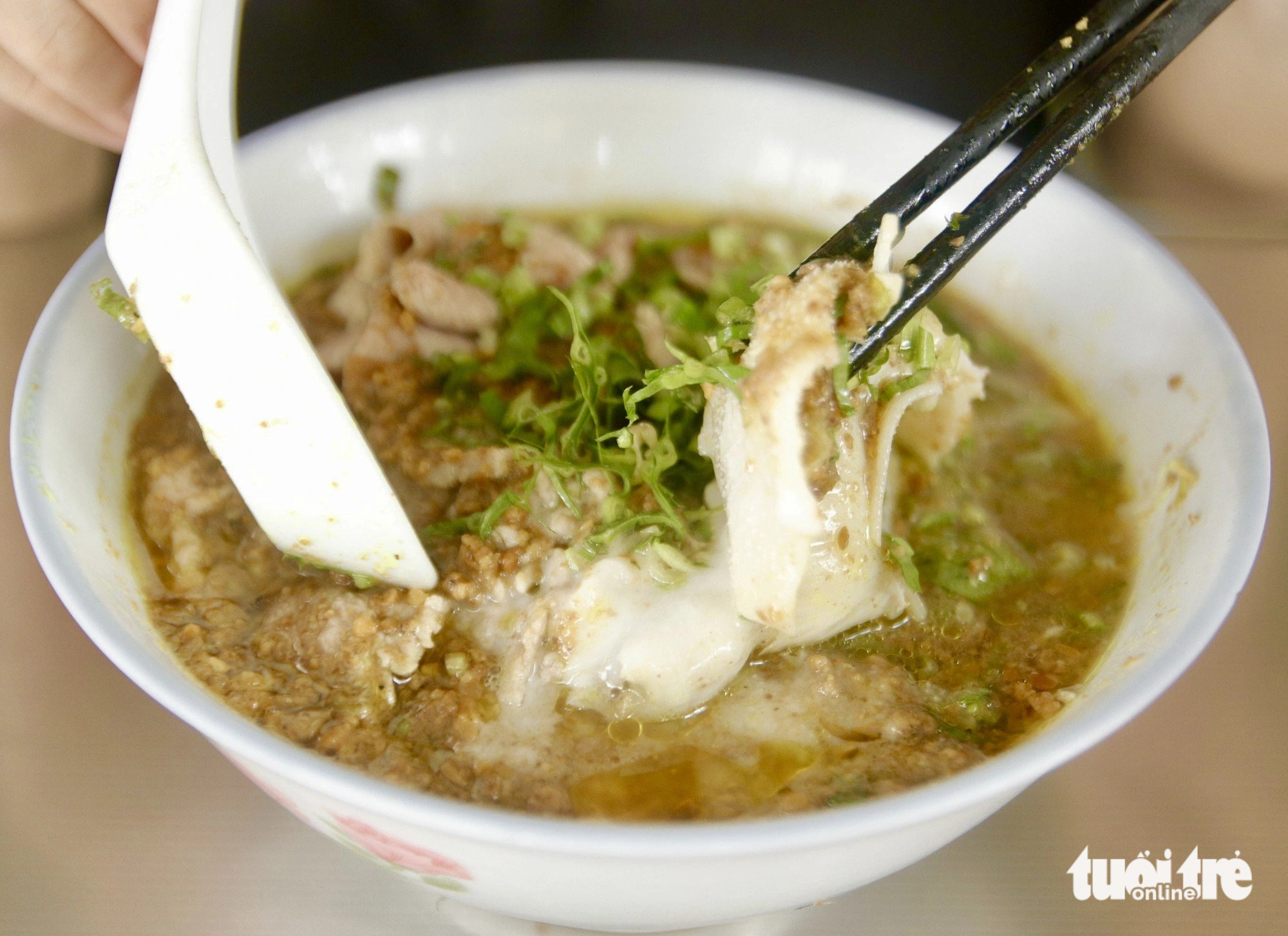
A bowl of satay noodles from To Ky restaurant - Photo: THUY LINH
Passing by Cho Lon area, Tuoi Tre Online stopped by To Ky satay noodle shop on Gia Phu street.
According to Ms. To My Doanh - the current owner of the restaurant, the name 'To Ky satay noodles' has existed for nearly a century in Saigon - Cho Lon.
The secret recipe of Chaozhou people's satay noodles
Ms. Doanh said that the first person to create the name To Ky satay noodles was Mr. To Cam, her grandfather.
In the past, Mr. Cam in Cho Lon area was both a merchant and a traditional medicine practitioner. From being a doctor, he switched to selling noodles to earn money to support his family.
He brought the recipe from China to Cho Lon area in 1932. Later, Mr. Cam passed it on to his son, who is also Ms. Doanh's father.
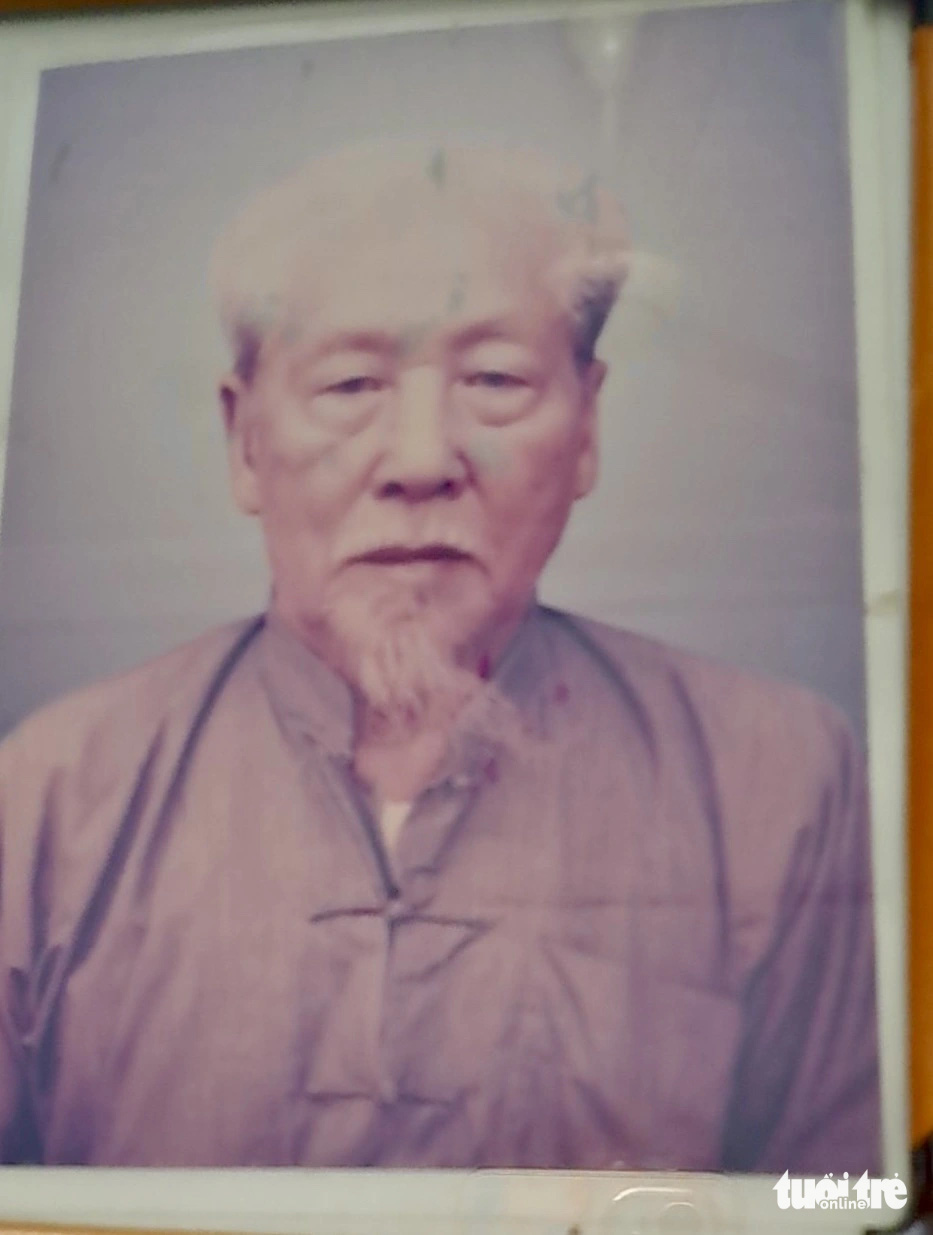
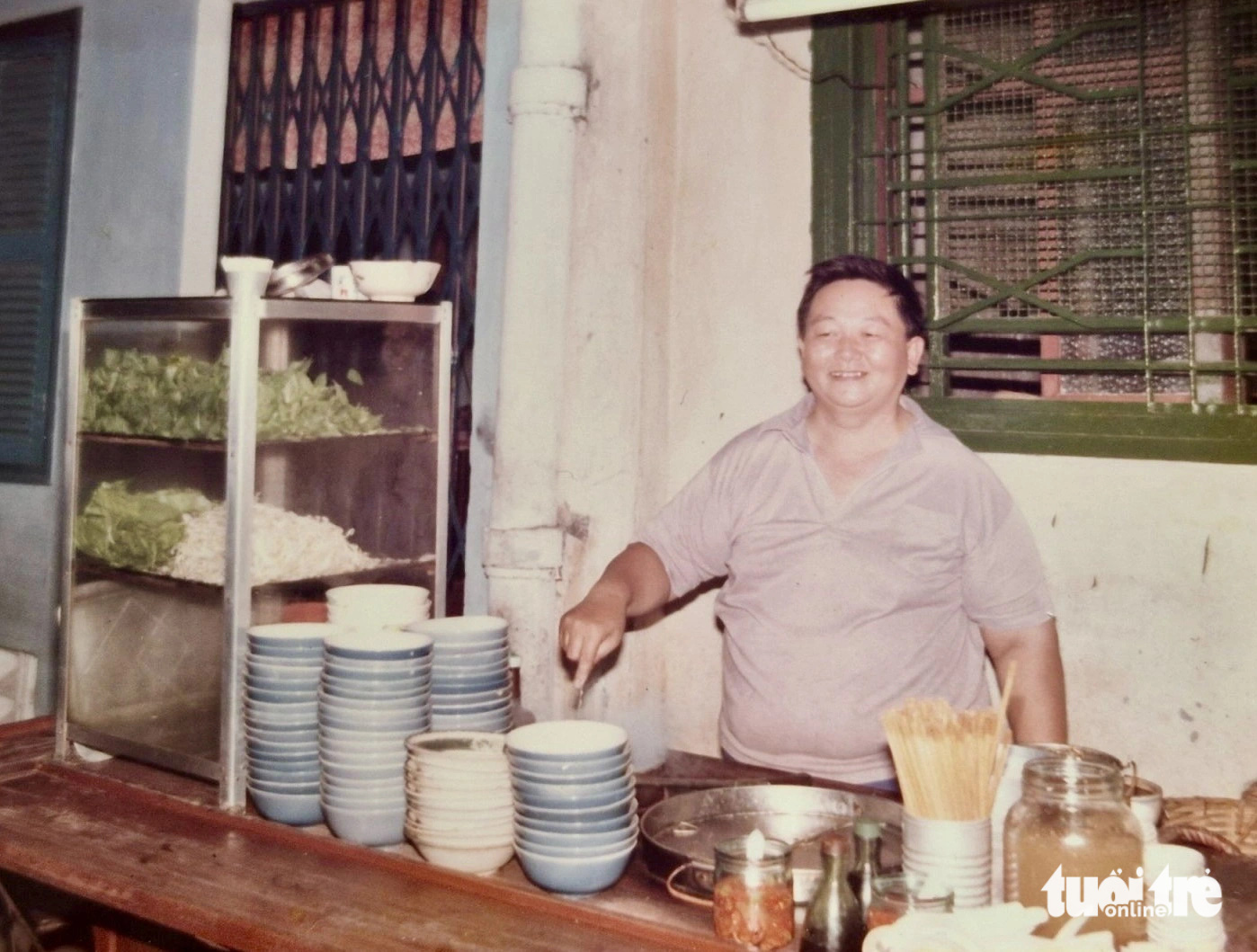
Left: Mr. To Cam, founder of To Ky satay noodles. Right: Mr. To Hung, the eldest son who took over the business - Photo: Character provided exclusively to Tuoi Tre newspaper
By the time of Ms. Doanh, there were four To Ky restaurants in Cho Lon area that maintained this traditional satay noodle recipe, owned by her and her family members.
These are the shops located on Gia Phu, Chu Van An, Pham Van Chi (District 6), Go Cong (District 5) streets.
Currently, To Ky restaurant has two dishes: satay noodles and noodle soup.
Satay noodles have a thick broth, combined with more than 30 different spices such as: satay powder, peanuts, sesame sauce, galangal chili, onion and lemongrass, Chinese herbs, crushed dried shrimp...
In particular, according to many diners, the broth here also has a fatty taste and a sweet aftertaste due to the thick coconut milk.
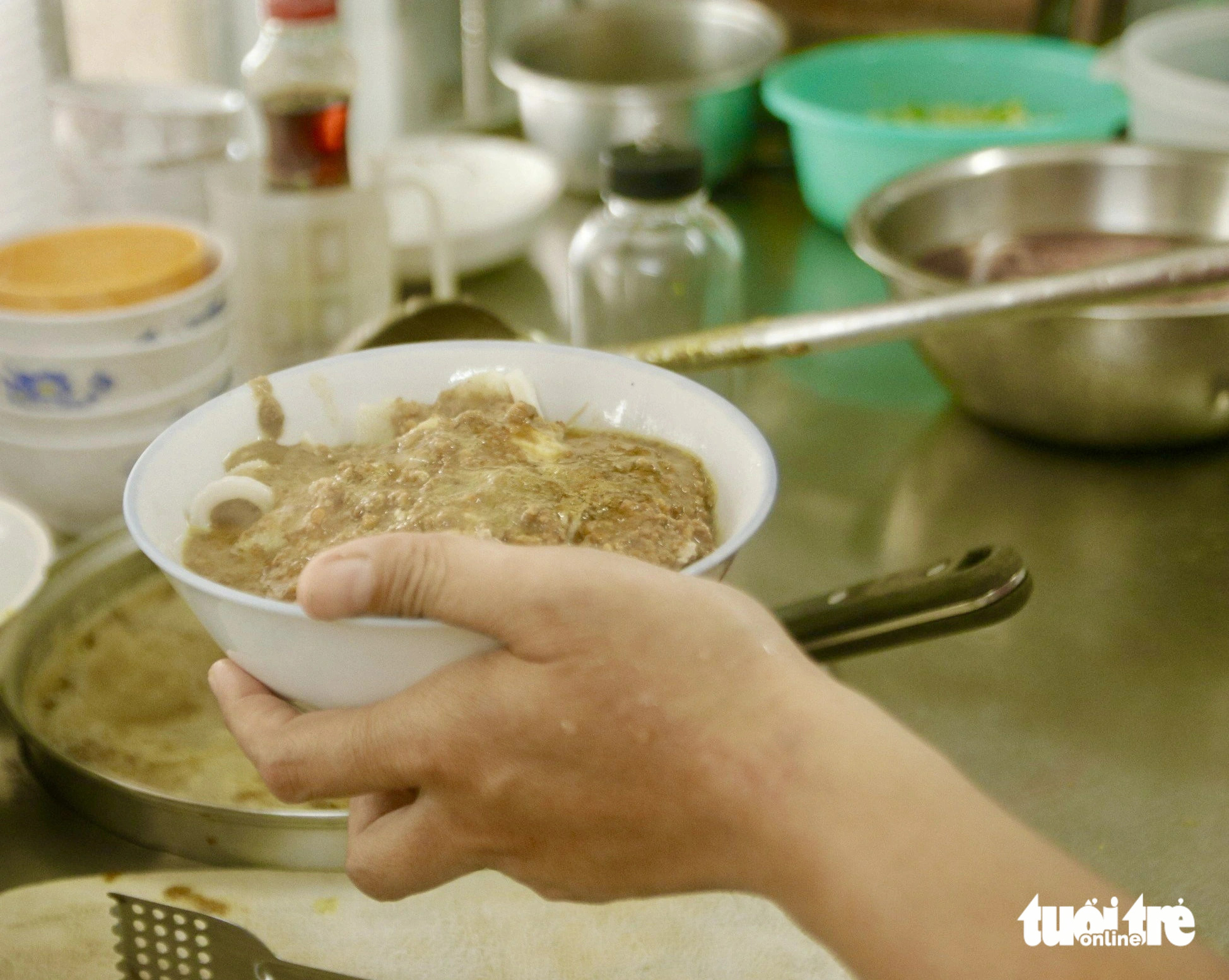

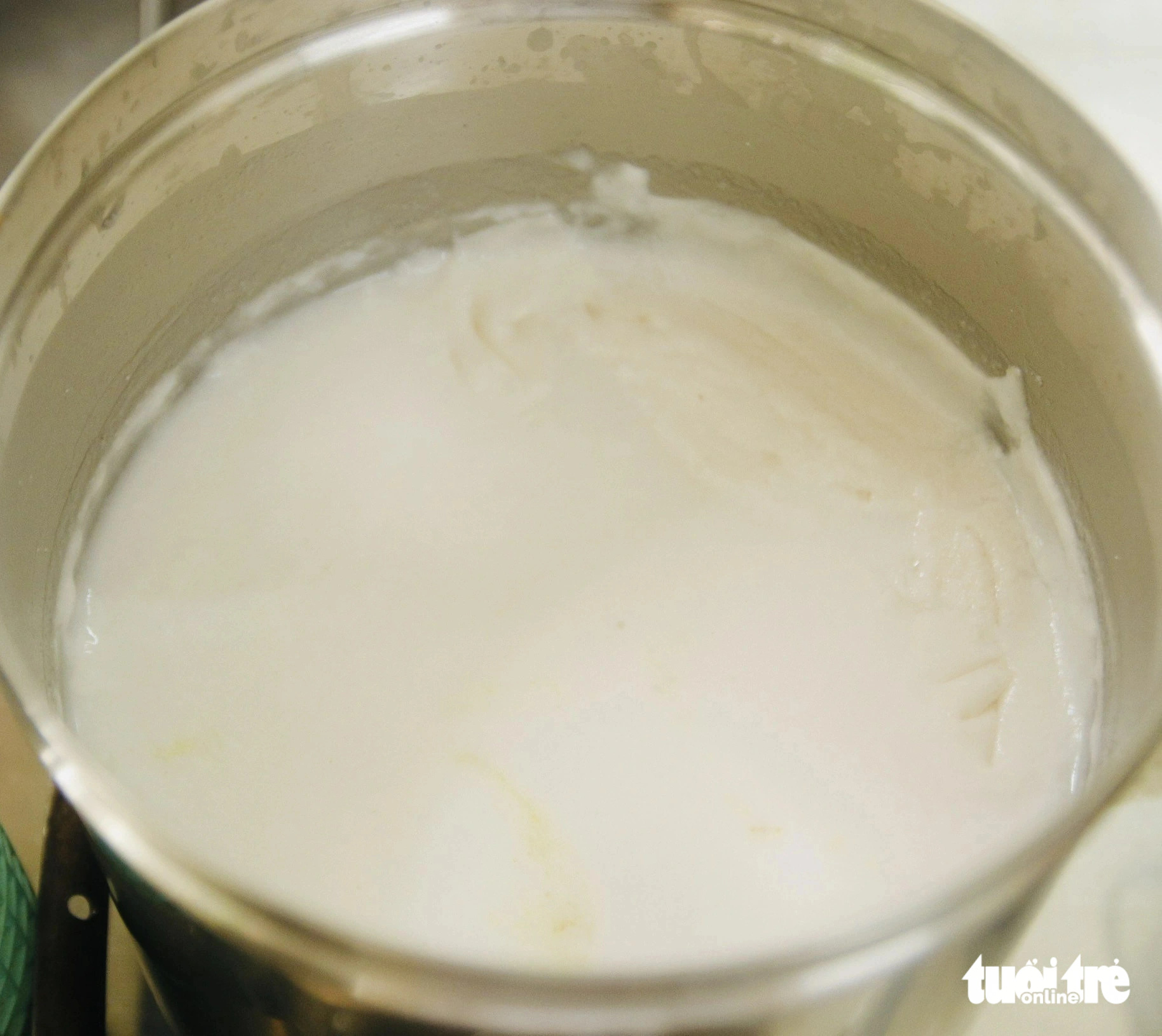
The special feature of To Ky noodle soup is the thick, fatty broth with a sweet aftertaste - Photo: THUY LINH
According to Ms. Doanh, in the recipe left by her grandfather, satay powder mixed with Chinese medicine has the effect of treating stomach pain, suitable for people with weak stomachs and indigestion.
Making satay powder to mix into noodles is also very laborious, so she usually makes a batch of about 100 kilos to sell gradually. At this time, her family's noodle shop has to temporarily close to focus on processing.

To Ky satay noodle shop - Photo: THUY LINH
Nearly 3 generations of rice noodles
Ms. Doanh said that in the past, To Ky restaurant had many different types of customers. People in the house had to know many languages such as: English, Hokkien, Mandarin, Hainanese... to communicate.
The owner of To Ky is a Teochew, so people often call this place a Chaozhou noodle shop. "To Ky is the name given by my grandfather. "To" is the owner's last name, "Ky" is the common symbol of a shop in Chinese language" - Ms. Doanh explained.
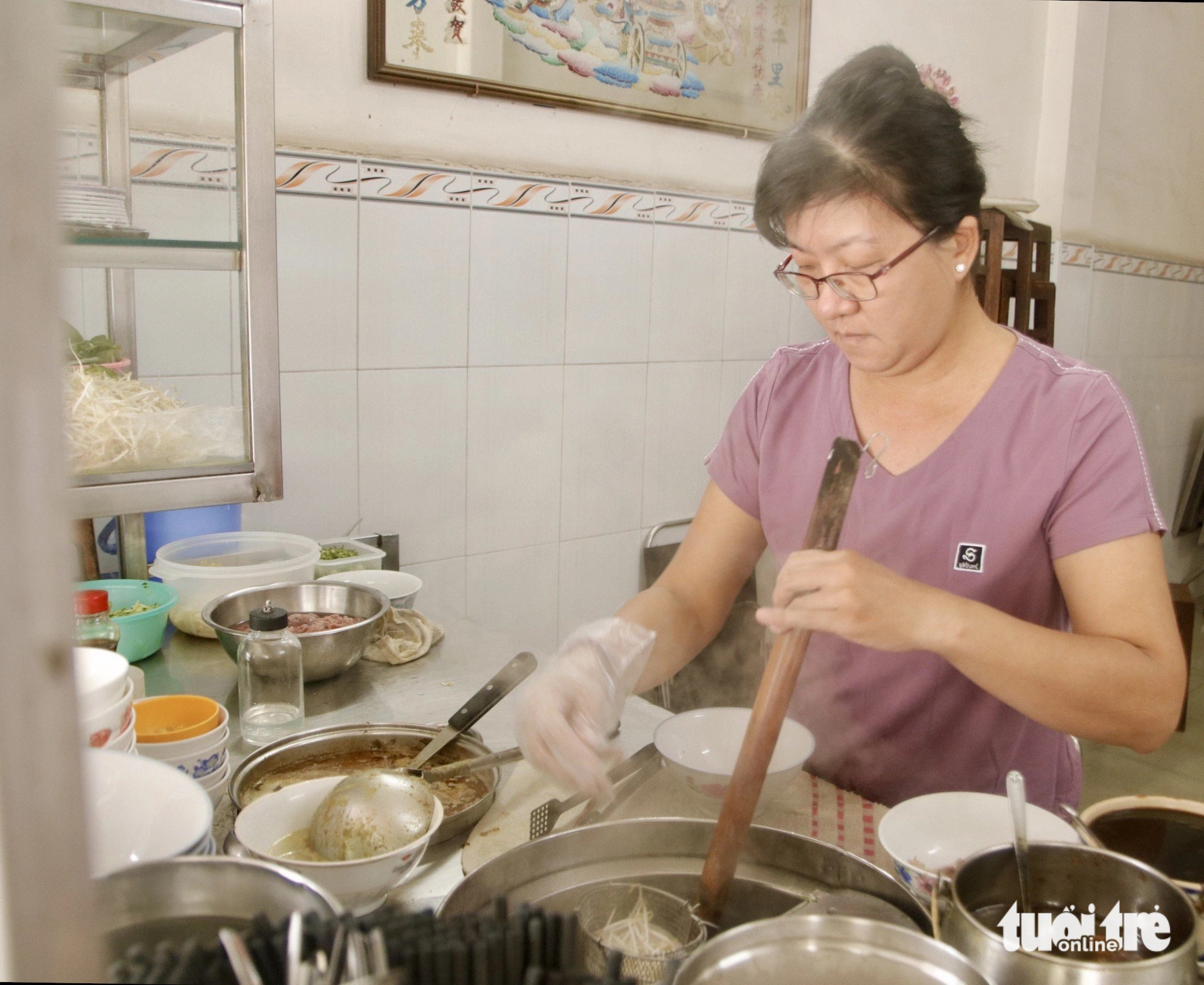
Ms. To My Doanh, current owner of To Ky satay noodle shop on Gia Phu street (district 6) - Photo: THUY LINH
The ingredients for making Hu Tieu are carefully selected, taken from "familiar contacts" from Mr. To Cam's generation. For example, the Hu Tieu noodles are bought by Ms. Doanh from a "father-to-daughter" shop that has been around for nearly 3 generations.
Referring to the continuation of the family's traditional noodle recipe, she said:
"My family decided to keep this job of my grandfather because it is the job that supports the family. Since we were young, we helped our father sell because we saw how hard it was for him and have been doing it until now.
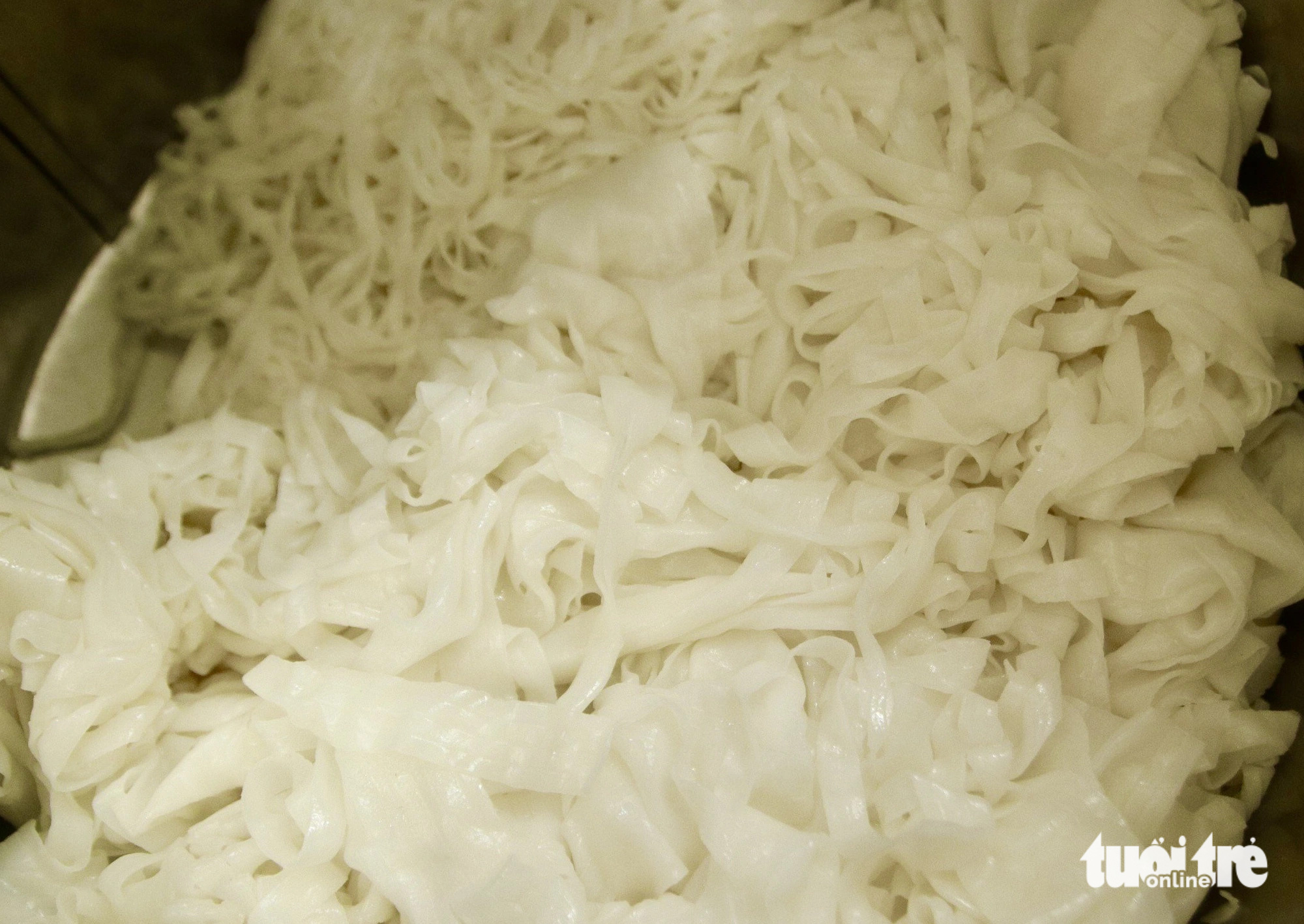
Hu tieu noodles are bought at a familiar, long-standing shop - Photo: THUY LINH
Over the years, I have always been proud to continue to maintain the name of the restaurant that my grandfather built.
The happiest thing is to see many regular customers from far away coming to Vietnam still come to the restaurant to eat. My wish is to try harder to not let down diners near and far."
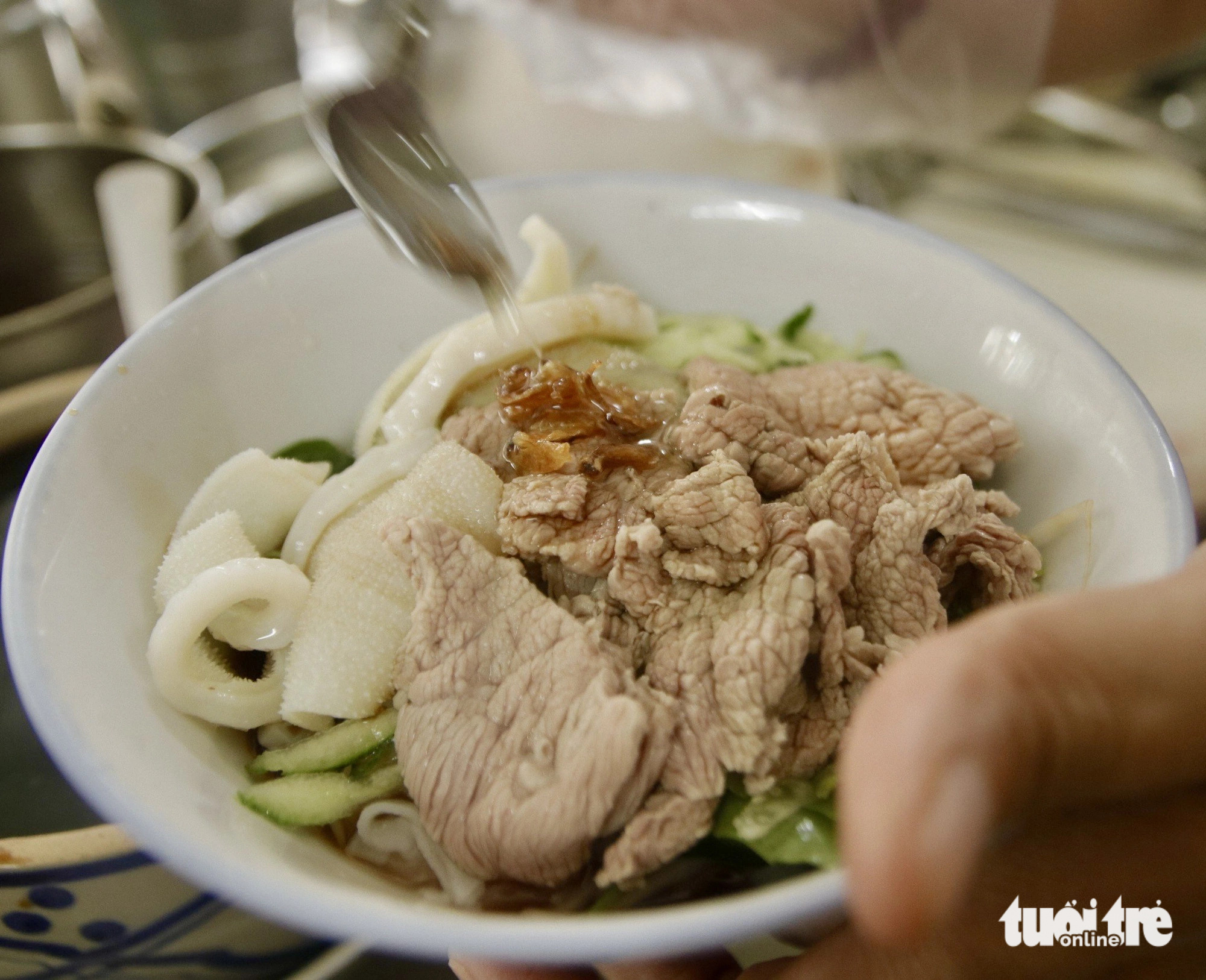
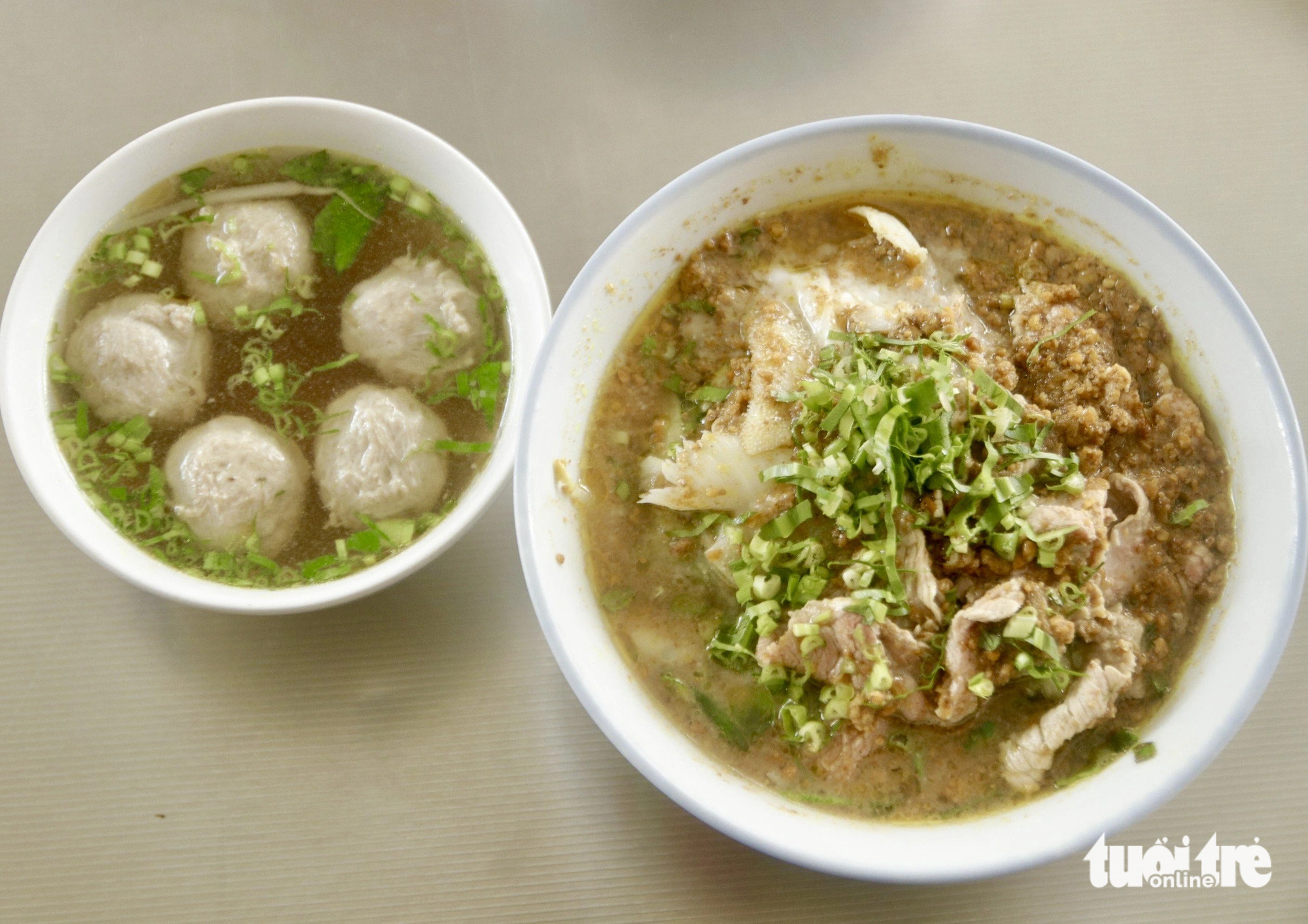
A complete set of satay noodles includes: beef, tripe, beef balls... - Photo: THUY LINH
Source: https://tuoitre.vn/hu-tieu-sa-te-to-ky-cong-thuc-gia-truyen-gan-mot-the-ki-lung-danh-cho-lon-20240709205444006.htm












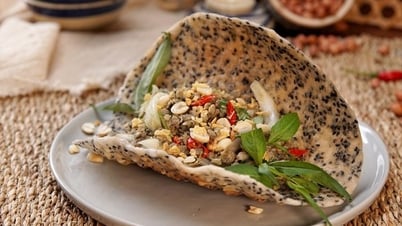
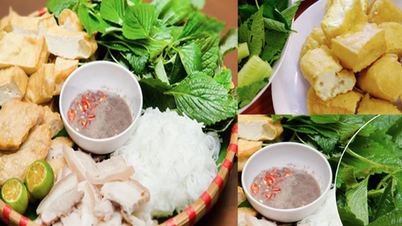
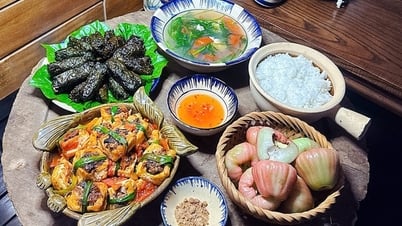



















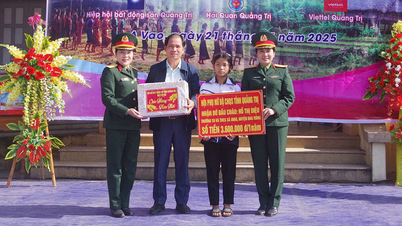









































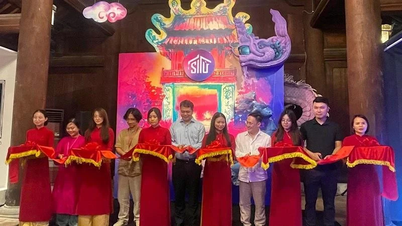




















Comment (0)